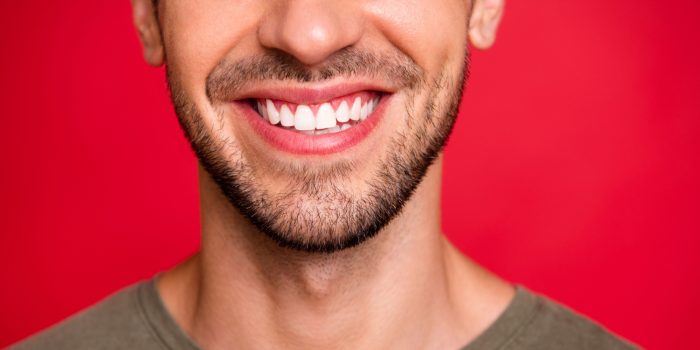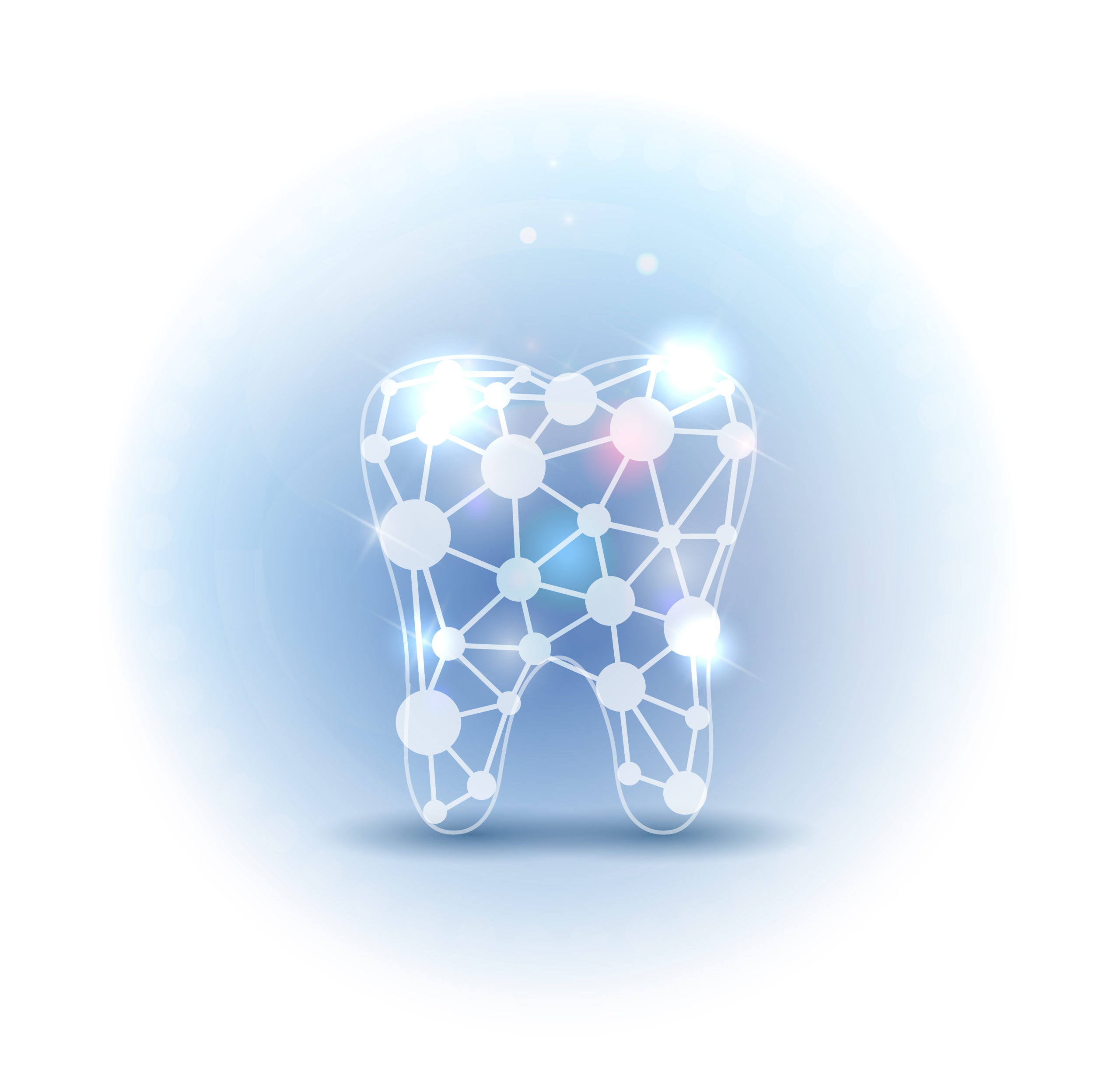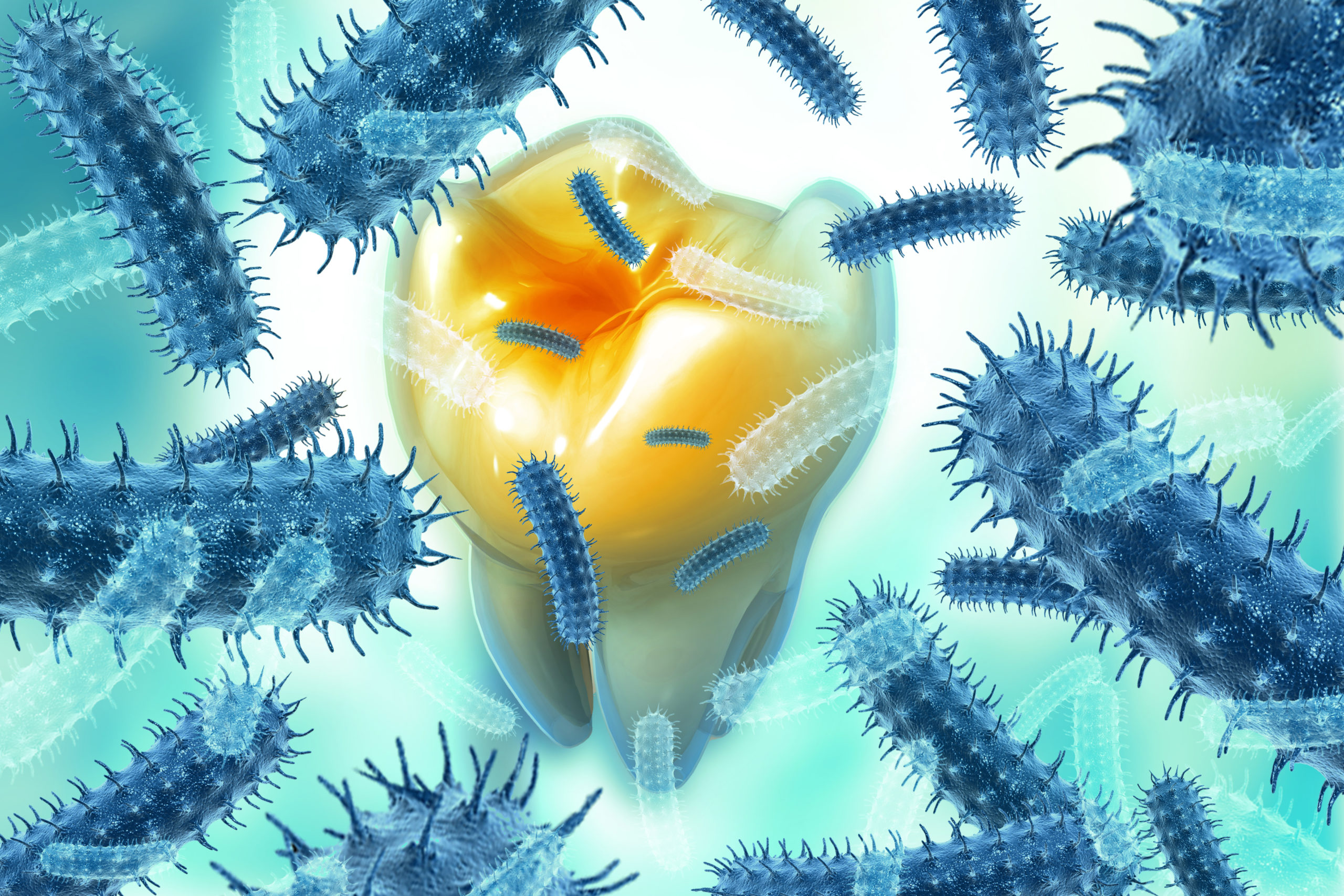
The link between tooth loss and bone density disorders
October 22nd, 2024The World Health Organisation (WHO), estimates that 3.5 billion people worldwide suffer from oral disease. People can experience pain, discomfort, disfigurement and sadly death from oral diseases. All of which can normally be avoidable with preventative care. A visit to the dentist or hygienist can be uncomfortable and costly. Still, it is essential to attend those appointments to reduce the risk of oral disease and bone density disorders. A recent study has confirmed there is a link between good oral health and the conditions of the bones in your body.
Bone density disorders
Age and lifestyle affect bone health. A bone density disorder is a condition where there is a mineral decline increasing the risk of fractures. Disorders such as, osteoporosis, osteopenia, rickets, osteomalacia, hyperthyroidism and paget’s disease of the bone.
The link between tooth loss and bone density disorders
As we age, there is a higher risk of bad bacteria building up in the mouth causing the gums to recede. The bad bacteria can go into the gums and then enter the bloodstream. It travels around the body and can do some serious physiological damage.
A recent publication in the National Library Of Medicine revealed a study examining the relationship between oral health indicators and bone density disorders in 19,000 people aged 60 and above.
The researchers looked at different indicators of poor oral health including:
- Tooth loss
- Periodontal disease
- Dental caries (holes in a tooth)
In the study, tooth loss was a key indicator of oral disease and a link to bone density disorders. Bad bacteria can weaken and erode the strong foundation that a jaw bone gives a tooth. The jaw bone and other bones in the body can deteriorate rapidly once the bacteria has started its deadly journey through the body. The result of the study showed that those people with multiple tooth loss were at more risk of density conditions. Read the full study here.
What causes tooth loss?
Our oral health declines with age. Elderly people can be prone to edentulism. Edentulism is the state of being without teeth for many different reasons. The condition can be an upsetting burden for a person and can affect speech, eating and self-confidence. Some people opt for dentures or implants when they experience edentulism.
The most common causes of tooth loss are:
- Dental cavities
Tooth decay causes dental cavities, often due to eating too many high-sugar foods or drinks and a lack of good dental hygiene. A cavity (hole) starts to form in the tooth and if the soft tissue under the tooth gets infected a person may need a root canal which can involve a tooth being extracted. A dentist can fill a cavity before serious damage is done to the gums and jaw bone.
- Periodontal disease (periodontitis)
Periodontal disease is a serious gum disease. The gums become swollen, red, sore, start to recede and bleed. They tend to bleed when a person eats, flosses or brushes their teeth. Periodontitis can destroy the bone in the jaw that supports the tooth and that can result in tooth loss. Luckily, periodontal disease is treatable.
- Gingivitis
Gingivitis is a mild gum disease. Gingivitis has similar symptoms to periodontitis, including bad breath and red inflamed gums. Gingivitis can progress to periodontitis, damaging the jaw bone and resulting in tooth loss. Gingivitis can be embarrassing due to bad breath but the mild gum disease is reversible.
- Dental trauma
The loss of teeth through dental trauma can be the result of situations such as an injury to the gums, teeth, jawbone or soft tissue in the mouth. It can also happen due to an accident like a fall or car crash. Some sports come with a high risk of dental trauma such as rugby, boxing and other types of martial arts. There are options to deal with missing, chipped or broken teeth including implants.
- Noma
Noma, also known as cancrum oris, is a gangrenous mouth disease that can spread to the face. It can develop and spread quickly and be severe, potentially resulting in tooth loss. It is mostly found in people from sub-Saharan Africa and people who have HIV, leukaemia or other diseases.
- Oral cancer
Losing teeth is a symptom of oral cancer. It can happen when a tumour forms around the jawbone causing damage to the bone and loosening the teeth. Surgery, radiotherapy and chemotherapy can also cause tooth loss. Once treatments are completed there are options such as having dentures or dental implants.
- Hormones
When a woman goes through menopause she experiences decreased oestrogen levels which can cause loss of bone density. Hormones affect the blood supply to the gums and modify how the body responds to plaque buildup. Options such as HRT are available to help increase the production of oestrogen and relieve symptoms.
- Lyme disease
Lyme disease is a bacterial infection transmitted to humans through the bite of an infected tick. It can lead to dental problems, cause inflammation of the gums and increase the likelihood of periodontal disease, resulting in tooth loss.
- Crumbling teeth
The enamel on teeth is normally strong but sometimes due to many different reasons, the enamel on a tooth can weaken. The tooth can become fragile, break or crumble. The crumbled tooth can come away from the jawbone.
How can you reduce the risk of tooth loss and maintain good oral health?
Your mouth is home to various bacteria that can be controlled with good oral health care. It’s never too late to reduce the risk of tooth loss, oral disease and bone density disorders. Here are out top tips for good oral health.
- Have regular checkups at the dentist – put a reminder in your diary
- Visit the hygienist at least once a year – or more if needed
- Monitor your oral health – are you feeling discomfort and pain?
- Act on any oral concerns – a quick visit to the dentist could put your mind at rest
- Use an electric toothbrush – proven to be better than a non-electric toothbrush
- Use specific brushes for different areas of the mouth – toothbrush heads can come in different shapes and sizes so they can reach different parts of a tooth or the gums
- Floss or use other recommended oral tools such as tepees
- Clean your teeth twice a day – morning and night or inbetween if you have eaten high-sugary foods
- Wear protective equipment during sport – such as gum shields
- Reduced processed sugar intake – have the odd sweet treat but brush the teeth afterwards
- Drink water as your main fluid intake – stay away from sugary drinks
- Don’t smoke
- Don’t use recreational drugs
- Reduce alcohol consumption
- Eat a well-balanced diet that includes calcium and vitamin D
- Use a recommended mouthwash
We recommend our product OraltidePro™. It is a concentrated mouthwash that reduces bad bacteria growth. OraltidePro helps with periodontal disease and enamel remineralisation. It contains an anti-gingival degenerate peptide and dental remineralisation peptide – amorphous calcium phosphate. The mouthwash promotes regrowth of shrinking gums, speeds healing of the mouth and tongue and prevents oral infections.
Try not to skip your dental appointments
A regular check-up at the dentist should be part of your overall health regime. A dentist will look for problems in the mouth, advise you and treat any oral issues. Both a dentist and hygienist help you to maintain good oral health and prevent gum disease and cavities. A hygienist cleans and polishes the teeth, removing damaging plaque and tartar buildup. They normally take an x-ray and look for plaque build up under the gums, holes in the enamel or problems with the positioning of a tooth. It is part of their job is to educate a patient so they normally spend time talking to that person and explaining about the importance of good oral health. A hygienist removes plaque from under the gums and applies any sealants if needed.
Treating dental bone loss
A jaw bone can normally be restored through bone grafting. During a dental bone graft a dentist or surgeon replaces lost tissue in the mouth with grafting material. Eventually the body absorbs the material and replaces it with healthy natural tissue restoring the density of the jaw bone.
Are you due a trip to the dentist or hygienist? Don’t leave it too long.
References
- https://www.nhs.uk/conditions/gum-disease/
- https://www.nhs.uk/conditions/tooth-decay/
- https://www.who.int/news-room/fact-sheets/detail/noma#:~:text=Overview,weakened%20immune%20systems%20(1)
- https://www.mouthhealthy.org/all-topics-a-z/womens-hormones-and-dental-health#:~:text=Losing%20bone%20in%20your%20jaw,as%20simple%20as%20receding%20gums
- https://www.cccrdentistry.com/conditions/bone-loss-in-jaw/#:~:text=Treating%20Dental%20Bone%20Loss,lost%20tissue%20with%20grafting%20material
- https://www.yalemedicine.org/conditions/bone-density-test#:~:text=Age%20and%20lifestyle%20can%20lower,fracture%20due%20to%20bone%20disease







